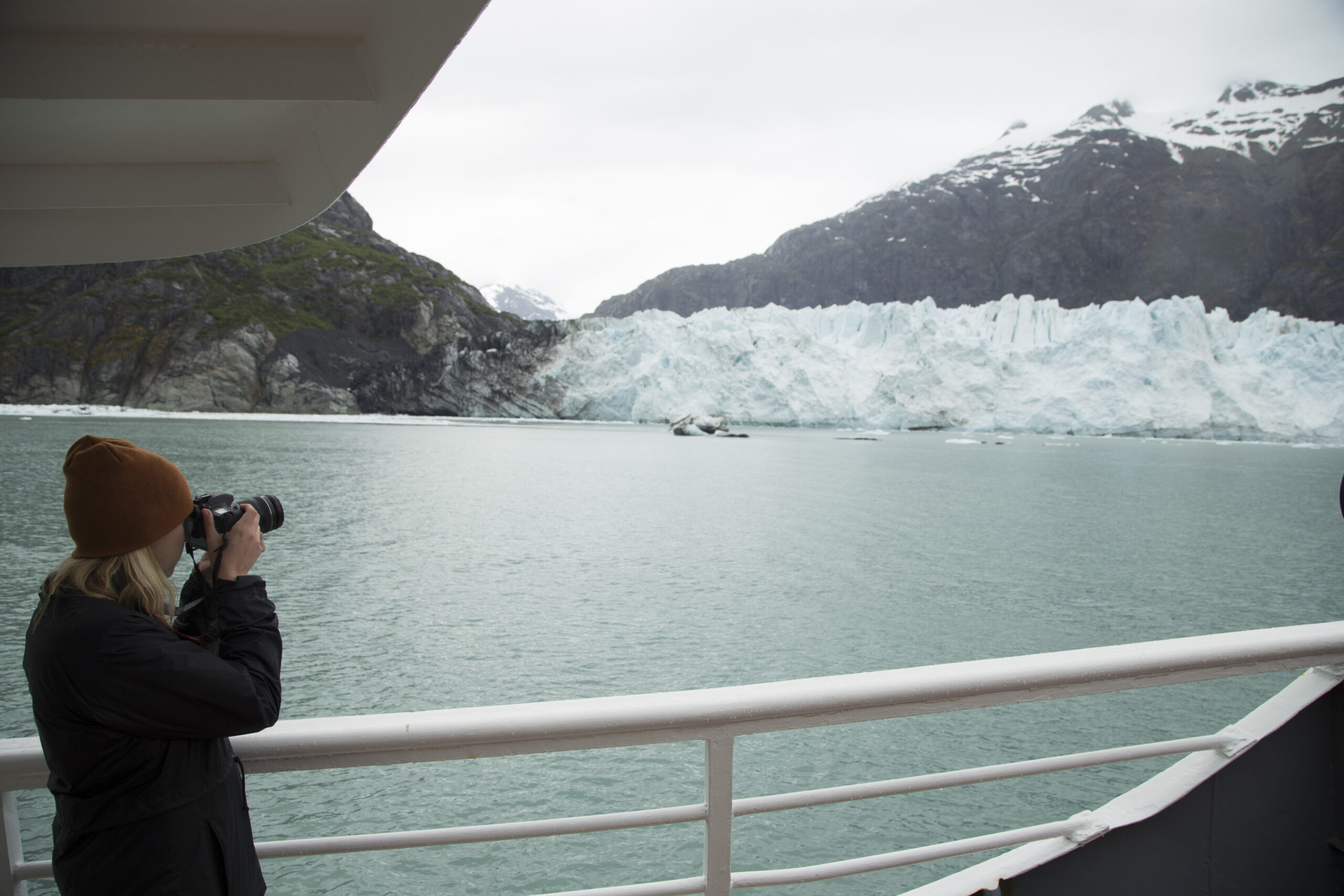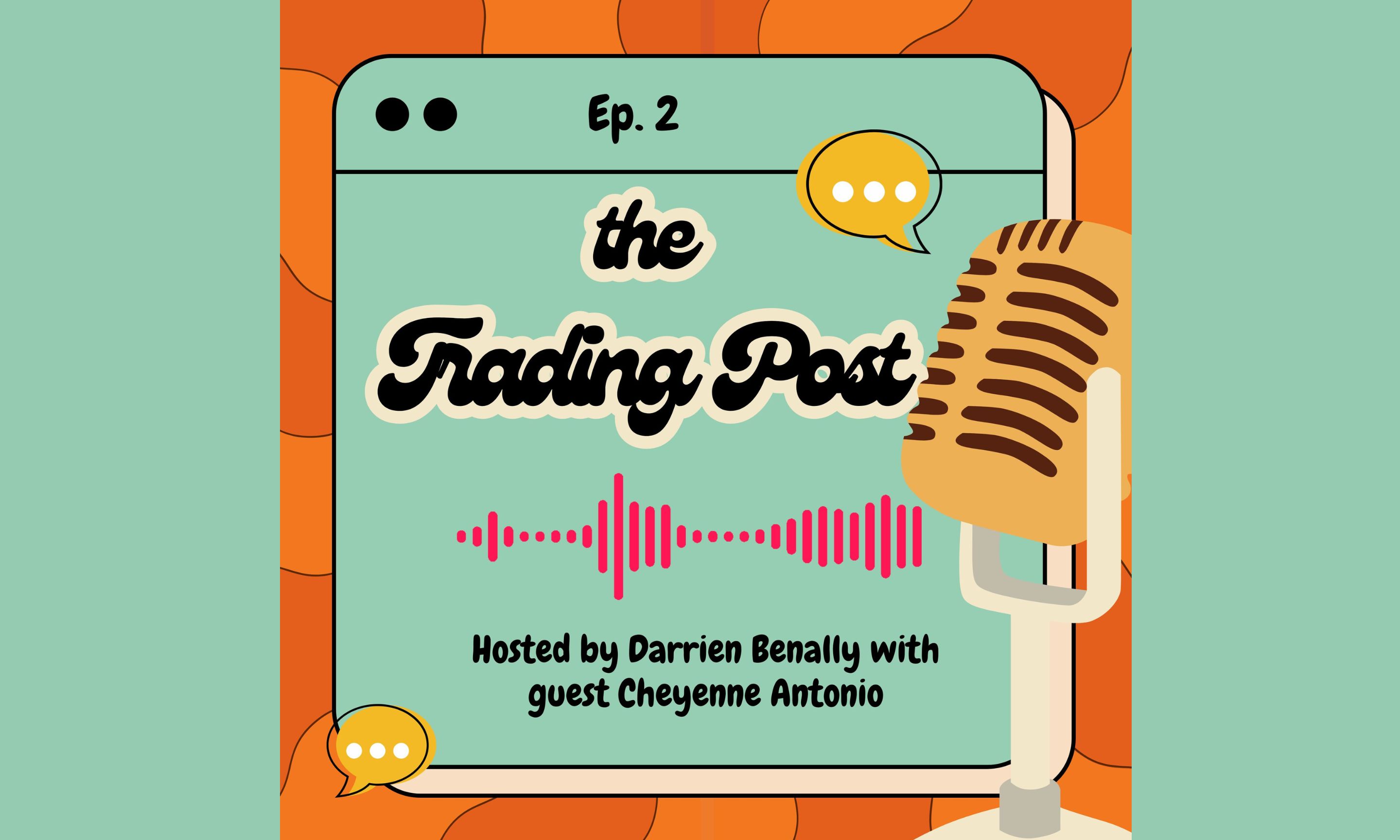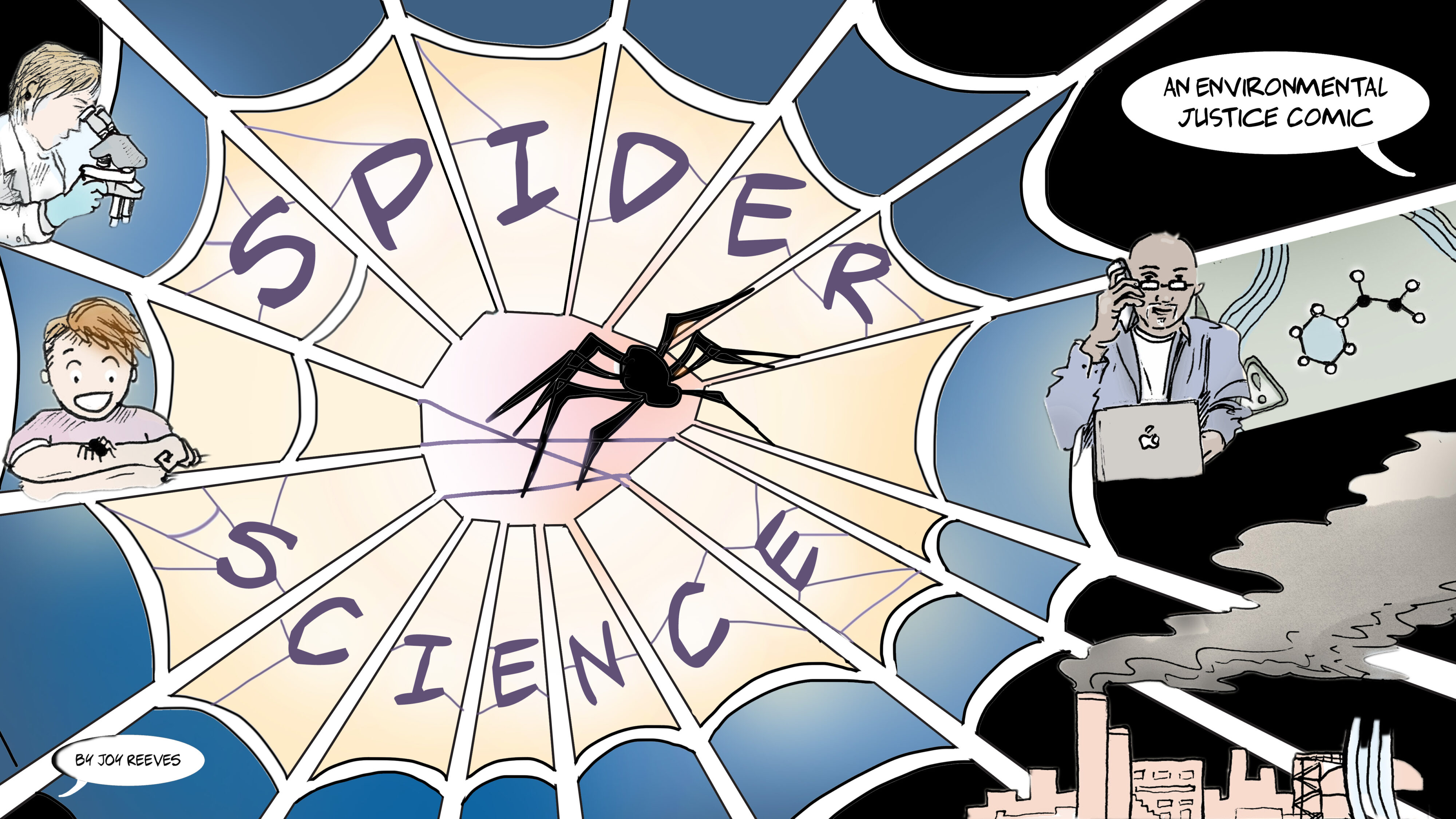
Science communication: The link between the lab and the world

In the morning, I wake up, open Facebook, scroll for a little bit. I see a blog post titled “Why I Don’t Vaccinate My Kids”, followed immediately by a link to a study that found no link between autism and vaccines. This is the most common example of one of science’s modern challenges — communication difficulties. Most people, especially scientists, hardly think about how scientific findings are to be communicated, who should be communicating them, and how they should be communicated. Science communication is a little-known field dedicated to exactly that. Communicators within this field take research done in laboratories and help to inform the public of what’s currently going on in academia. Science communication, especially in today’s politically charged atmosphere, is an essential field, but even most scientists aren’t aware of its importance.
Even with aspiring scientists, it’s difficult to grasp the dire need to communicate research and data. While talking to students currently working toward Bachelors degrees in various biology and conservation fields, they all mentioned what research they plan on doing and trends they want to investigate, but none of them mentioned how they would communicate their results outside of the scientific world, let alone outside of their laboratory. I met up with Erin Urbanski, a current Environmental Biology major from SUNY’s school of Environmental Science and Forestry, to have a brief talk about challenges of modern science. Our talk started over shock about recent measles outbreaks, jumped to sea urchins and how they use found objects as hats, to eventually the lack of clarity in scientific social media. Erin said that using social media to communicate science “can be helpful, but also devastating”. She further noted that most people only read the headlines of articles and not the articles themselves, making a climate that “allows for information to be construed to align with certain agendas”, but that it is a necessary tool in communicating science to the public. This led us into to a lively discussion about the anti-vaxx movement. Believers of anti-vaxx took one scientific article and created a movement from it- even though that article has been discredited. Deniers of climate change regard science media in the same fashion- it’s fake information, unless it backs up their pre-existing beliefs. Erin pointed out that a lot of people will take certain words and phrases out of context to support certain agendas and views in a way that isn’t completely factual. She said that this picking and choosing of information “makes science seem scary and unapproachable, like the bad guy, when we are just doing research to better help the wellbeing of the public and the world”. This really stuck with me. How is it that the general public can hold such strong opinions on scientific topics that they really know nothing about? Why can’t these people take the time to do their own research online or at a library?
Well, the answer hasn’t been that simple to figure out. I’ve realized that there are many barriers preventing average people from accessing scientific knowledge. For starters, most of the communicating done by scientists is aimed only at other scientists. This means an intense jargon is used that most people cannot understand without looking up definitions for every other word. Most scientists don’t take the time to write their research findings in an easily comprehensible format. Another issue with communicating science is the immense differences of science literacy levels of the public. There is no one-size-fits-all way to communicate to everyone, so science communicators must take the time to really acknowledge what their audience’s levels of pre-existing understanding are. A major issue within science communication, even with scientists themselves, are barriers to peer reviewed scientific journals. Almost all published scientists have published their work into one of these journals, but they aren’t easy to access. Most of them are behind paywalls, with some articles costing upwards of $40. When doing research, scientists need to look at and reference countless articles published within these journals, meaning that just the introduction to their research can become incredibly expensive.
Even though science today seems to be exclusively doom and gloom, there is hope. More and more journals are losing their paywall, social media is beginning to fact-check its sources, and an increasing number of scientists have begun to speak directly to the public about their research. Scientific research needs to be more accessible, easily comprehensible, and trusted by the public. Science communication, though a widely unknown field by most, can help the bridge the ever-growing gap between scientists and the world.






















